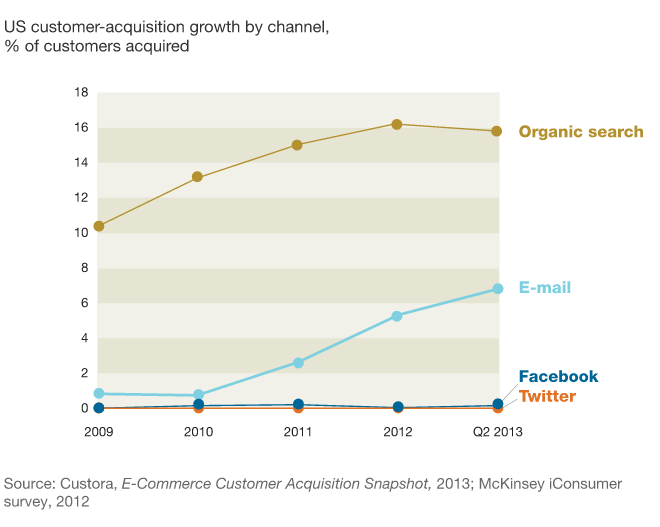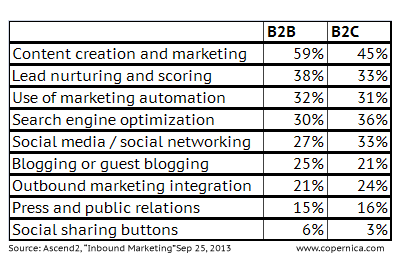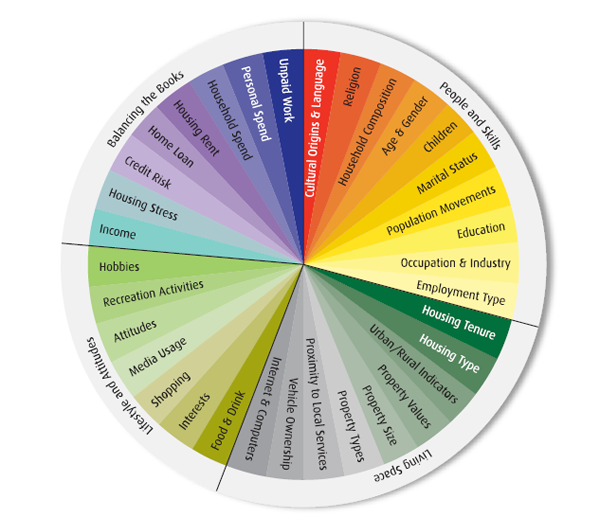How to successfully implement marketing automation
by Walter van der Scheer , Anais Sheshekli
A quarter of all marketers are planning to implement marketing automation software this year. Lead nurturing is known to generate 50% more sales ready leads at a 33% lower cost, but, according to Forrester Research, the uncertainty in total cost for the implementation beforehand makes marketers reluctant to invest in marketing automation head over heels. As marketing automation revolves around sophisticated multichannel campaigns and subtle personalization, for a marketer it is crucial to be able to start with marketing automation in the most effective way. Besides a proper strategy, getting to learn how to use the solution to its fullest as efficiently as possible is key.
You might think that implementing marketing automation is time consuming. As a matter of fact, when looking at the time to launch, Holger Schulze's report shows that 75% of all marketers have been able to implement a marketing automation platform in just 6 months or less.
Our experience is that defining a global outline for the strategy is good, but getting started is better. Start with basic KPI's and work your way from there.
Set KPI's
When you’re building your marketing automation program, setting KPI’s is a good starting point. First of all, defining marketing qualified leads (MQL) and sales qualified leads (SQL) are important. These definitions allow you to track the conversions from visitors from MQL’s to SQL’s. You can steer your visitors from MQL to SQL by tracking:
- Opens
- Clicks
- Web visits
- Unsubscribes
- The engagement score
- Sales cycle time
Ultimately, the success of your marketing automation program is not measured by the number of leads or orders, but on the ROI.
You will find out soon enough that with all the dynamics in the market, marketing automation is a continuous work in progress anyway and the best approach is to focus on the basics first and grow the program from there.
Jasper Kolwijck, marketer at Exact Software, shared a few of his insights from the field in the following presentation:
- Develop agile and leave room for adjustments
- Event though every touch point is automated, campaign monitoring remains essential
- Incorporate your sales team in the whole process and work as a team
- Content optimization is a continuous process: make it relevant to the buying cycle of the audience And finally: 6. Just do it. Invest time and resources; it will prove to be profitable
Marketing automation is such a broad field, that it can be difficult to find a starting point. Within marketing automation, there are a few elements that are essential to the success of your implementation. According to IAB and eMarketer, personalization and a multichannel approach are two vital aspects of any successful marketing automation program. Software Advice adds that understanding how to use a system to its fullest is another big hurdle.
Personalization
Most marketers agree that in order to persuade a B2B decision maker, relevancy is key. Transferring the right content to the right people remains essential. A recent report from Winterberry Group and the Interactive Advertising Bureau (IAB) shows that 79% of executive-level marketers are already using audience segmentation, growing to 91% in the next 2 years. In order to achieve a more subtle form of personalization, and move away from spray-and-pray tactics, behavioral data is essential. Scores can be added to trigger campaigns at the right moment.
eMarketer has recently reported that in North America one in every three emails is opened, the highest number in recent history. eMarketer attributes this to mobile device adoption and the use of marketing automation to send more targeted mails.
Multichannel
Email marketing is a more effective way to gain customers than social media like Facebook and Twitter are. According to McKinsey email works 40 times better than Facebook and Twitter combined. Clicks in an email add three times more ‘likeliness to buy’ to a visitor than a click-through from social media. Furthermore McKinsey reports that email-checking behavior is changing, and has declined 20 percent between 2008 and 2013, owing to the up-cropping of alternative ways to get in touch.
 Integrating with social media for example is becoming increasingly vital to your marketing automation program. “Investments in these new channels are absolutely necessary for marketers to make increasingly sophisticated use of social networks and other channels to engage with consumers and convert interest to sales,” McKinsey shares.
Integrating with social media for example is becoming increasingly vital to your marketing automation program. “Investments in these new channels are absolutely necessary for marketers to make increasingly sophisticated use of social networks and other channels to engage with consumers and convert interest to sales,” McKinsey shares.
Although email marketing plays a vital role in marketing automation, it is the full management of all media that makes marketing automation successful.
Challenges of marketing automation
According to Ascend2, only 6% of B2B marketers and 3% of B2C marketers have difficulties with social sharing buttons, and 30% (B2B) and 36% (B2C) struggle with social media and social networking.
Content creation, though, for 59% (B2B and 45% (B2C) of the marketers is the most difficult inbound marketing tactic to implement.






